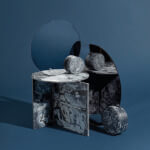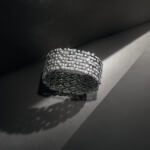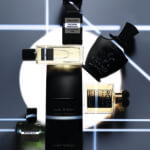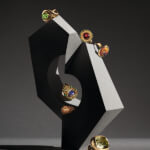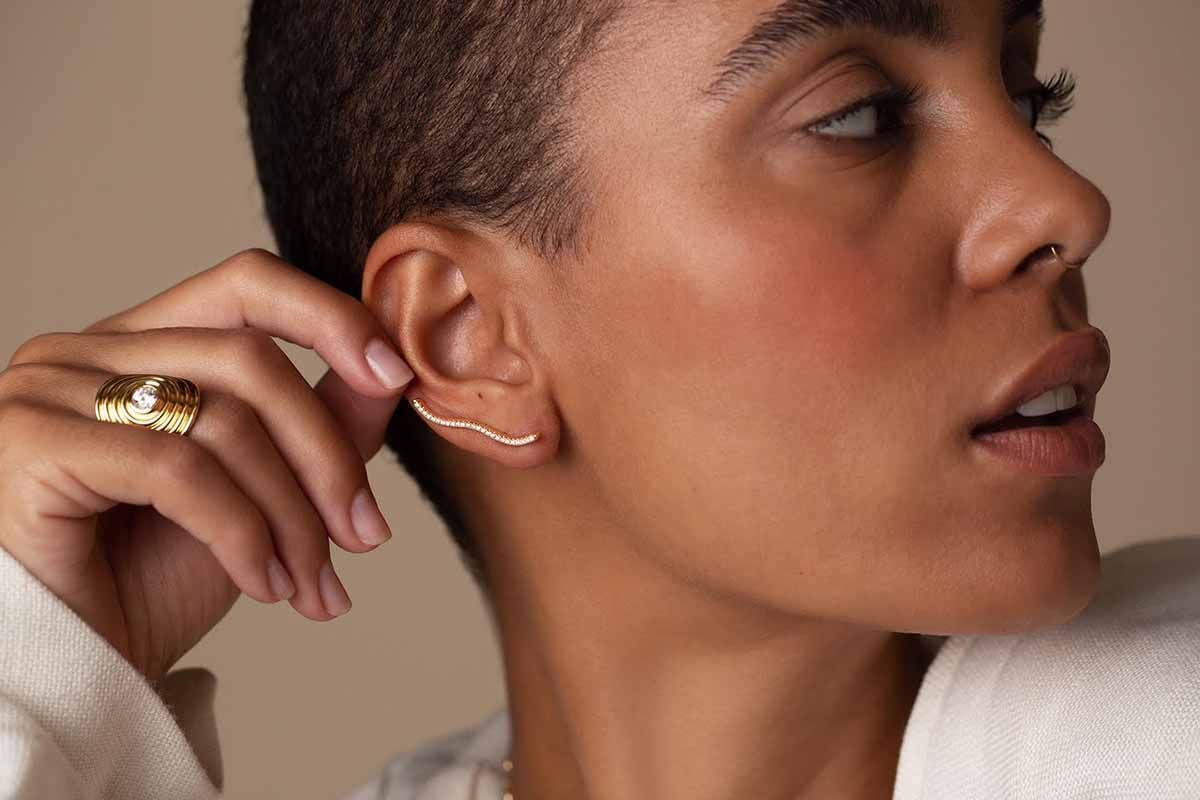
Feature
As romantic fantasies go, Pride and Prejudice has it all. An absurdly rich and terribly haughty Mr Darcy, patronising to all but secretly good. An intelligent, sharply witty Ms Bennet, sceptical about love only to fall for the very man she claims to despise. Secret longings that culminate in a passionate engagement, and then that lingering kiss at the very end… Anyone brave enough to tackle that without a hankie is foolhardy to say the least.
In 19th century England, stringent rules governed the marriage proposal, which included a “courtship”, marshalled by chaperones, and delicate financial negotiations that ended hopefully in the father of the bride granting his permission. Thankfully a lot has changed since then – women ask men, men ask each other and paternal permission is no longer required. The rules of engagement have been totally re-written, but the ring and its symbolic merging of dynasties still matters, and a new breed of engagement ring consultant has emerged to support the shift in identity politics as it ripples out into design. There is pressure – not least on your bank balance – to get that forever ring right, but with a little help from a well-connected and knowledgeable concierge, the odds of making a costly mistake are much less likely.
“Men really want the ring to show how much they understand their partners,” says Kate Baxter, founder of The Cut London, a jewellery service matching the newly betrothed to their perfect ring. More couples than ever are buying together, and turning to the likes of Baxter for insider knowledge of the jewellery industry as well as access to top-level designers and workshops. Just as the red carpet has celebrity stylists, Baxter ensures that no precious stone is left unturned in the pursuit of perfection. So deep is her research that she even offers an “inspiration service”, where a personalised moodboard is compiled and tailored to the style, taste and budget of each client. This draws from her extensive database of images and videos to show all possible permutations, from how a certain style will look on the hand to the scale of a diamond.
This all sounds like a service for millionaires, but not so. Baxter needs a budget of £5,000 and up for a bespoke order, and typically takes her commission from the designer once the couple has paid the latter for their chosen design. She adds value by working with independent jewellers who have lower overheads (no flagship boutiques in high-profile locations to maintain), but a high design aesthetic, ensuring the couple get a lot for their budget. As wedding ceremonies remain in limbo, many couples are spending more on the ring and placing more importance on its creation. Almost the entire experience of getting married is now being loaded onto a small band of gold, and that is one of the reasons why the engagement ring concierge is becoming more popular. The other is design.
In the west, the size of the rock is now secondary to design because taste has become the ultimate expression of art and culture. Flashing an enormous solitaire seems dull compared with wowing friends and family with cutting-edge design. Many do bridal but not all do it well, and concierges are expert at navigating through a sea of middling jewellery. The likes of Hannah Martin, Ming Lampson and Tomasz Donocik in the UK, and James de Givenchy of Taffin, Maggi Simpkins and Catherine Sarr in the US are just some of the independent designers with private ateliers that a concierge might introduce a couple to. Instagram has widened our taste for the experimental but the ring has a lot of work to do, and professional help is often called for to stay on track.
Fashion designer and bridal couturier Zac Posen agrees that the ring comes first, but also believes it must share a relationship with the future wedding dress. His ethereal and often architectural bridal ensembles for the likes of Portia and Ellen DeGeneres and also Princess Eugenie, feature details so exquisitely fine that dress and ring must be in absolute harmony. He has a soft spot for antique jewellery and scours the auctions with his private jewellery adviser Sharon Novak, suggesting old mine cut jewels to his clients with the ring sometimes sparking ideas for the dress. “I’m not a carat queen,” he laughs. “It’s really about love and something to share for a lifetime.”
Carat queens aplenty are still found in India however, a country with jewellery in its very soul. The concept of the engagement ring is still relatively new there, and the well-travelled and well-read are turning to specialist concierges such as Arundhati De-Sheth, who is based in Mumbai. Trained at Cartier and educated in Paris, De-Sheth avoids the sometimes “garish” heavy yellow gold of traditional Indian jewellery and works with young local talent such as Studio Renn, to provide couples with a sleek modern alternative.
In a country where both families are involved in every single aspect of the nuptials, the engagement ring is the first and only chance the groom gets to choose and present a jewel to his future bride. De-Sheth charges a small signing fee before she goes to work sourcing and negotiating with both designers and stone dealers on her client’s behalf. She then takes a commission from the designer on the final ring. A large white diamond still holds the most appeal among her clients, its purity representing the original concept of commitment. “There is something quite beautiful about having an engagement ring,” she muses. Her finesse and restraint are as important as the ring itself in a culture where minimalist, modern jewellery can be hard to source.
Images The Sagesse ring by Catherine Sarr for Almasika.
Written by Melanie Grant for British Vogue, 15th Feb 2021.


